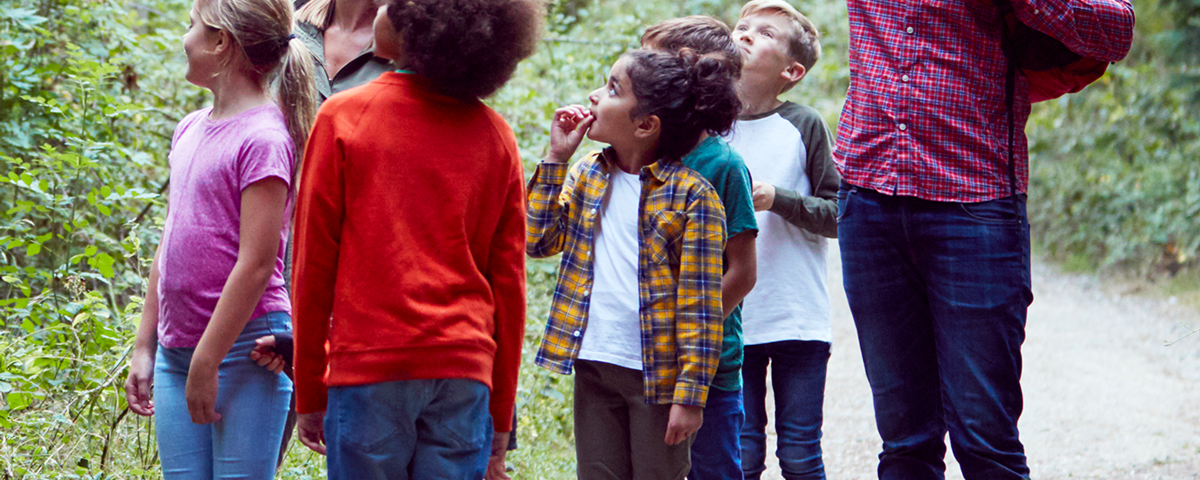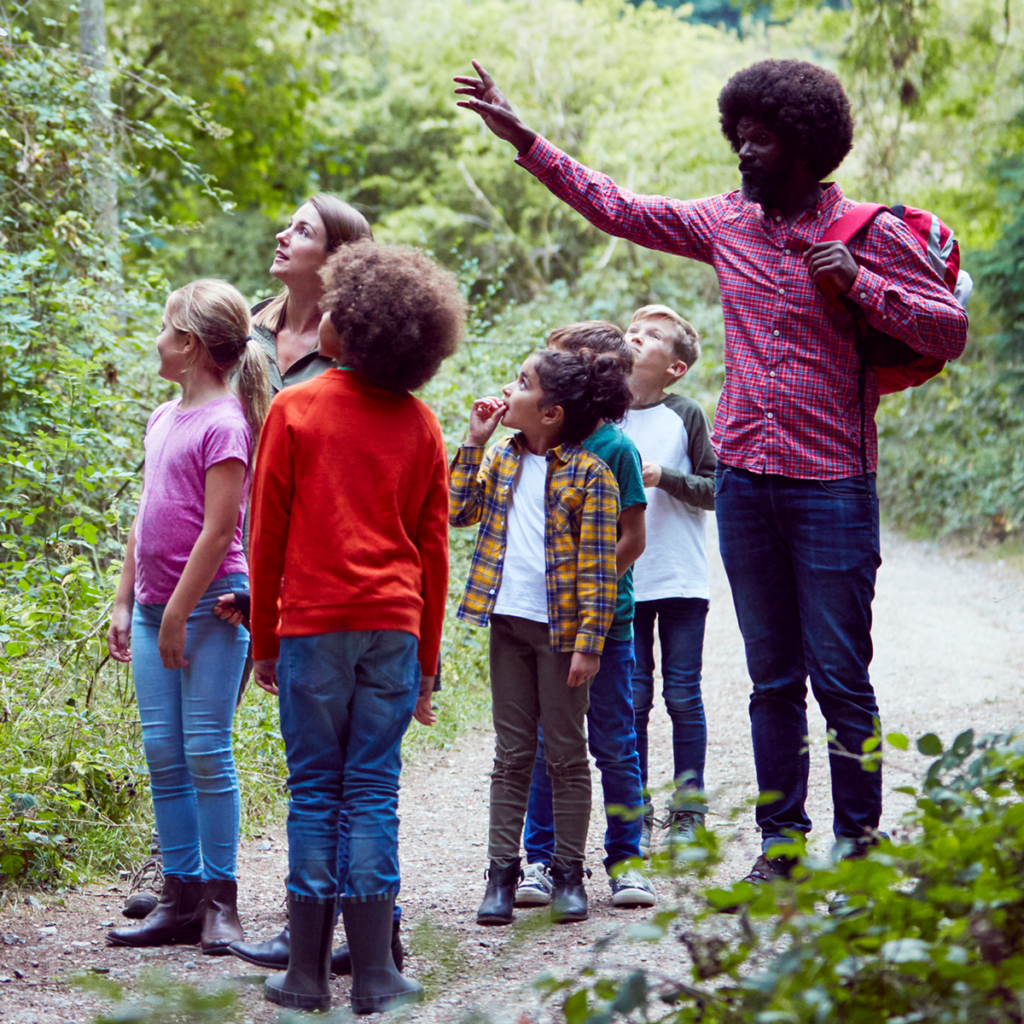- All-In-One Beekeeping for the Bees
- +1-608-728-8233
- info@beepods.com
Words of Wisdom: Three Lessons from a Superorganism

Superorganisms, like honey bees, can teach children about community

Superorganisms, like honey bees, can teach children about community
As a teacher, I can’t help but look for lessons that can be learned from this time of pandemic and national unrest over police violence and racial injustice. One of those lessons is how people can accomplish more when they work together as a team. We’ve seen it in the teams of scientists working on COVID vaccines and the companies that pivoted to manufacture protective equipment, as well in the thousands of people attending protests.
The concepts involved in these crises may be beyond many of our children and students, but the idea of working together to accomplish great things is something they can grasp. To help them understand, we can share an example from the world of the honey bee. Along with ants, bees are well known for their ability to work collectively to benefit the hive. The term used for a group of synergetically interacting organisms is “superorganism” (Wikipedia). The word “synergy” comes from a Greek word meaning “working together.” One example of this behavior amongst bees is a swarm. I conclude each lesson with a discussion question to use with your children or students.
Lesson #1: Shelter in Place

Your children might complain that they are spending too much time at home. (And you might agree!) But tell them to imagine sheltering in place with no home over your head. When European honey bees swarm, it starts with the queen and half the workers finding a temporary place to dwell, like a branch. The queen releases pheromones which signals the rest of the hive, up to 10,000 bees, to join her. They form a bulbous shape with a few bees holding the branch and the rest holding on to those bees or to each other. The bees can hang out like this for a few hours or up to a few days.
Discussion questions: When do you feel like a bee without a hive? Who do you cling to in times of trouble? Who clings to you?
Lesson 2: Behave Like a Superorganism
Bees detect and respond to forces like a single superorganism. The swarm is a perfect example of this. Like people without homes, bees clinging to branches are exposed to heat and cold which could kill them. When it starts getting too hot, the colony forms channels to allow air circulation. (Have kids relate this to air ducts in their houses.) If it is getting too cool, the bees cluster more tightly to conserve the heat they generate by contracting and relaxing their flight muscles. And if it rains, bees on the outside act like shingles to keep the moisture out.
Discussion questions: When was a time when you accomplished more by working together than you could have done by yourself? What is the purpose of shingles on a roof? Is one shingle more important than another? What would happen if a few shingles were missing?
Lesson 3: Bee the Difference

Honey bees manage to keep the temporary structure intact in the event of strong winds or a predator shaking the branch. Individual bees sense the strain around them as their neighbors hold on to one another and then move from where the stress is lowest at the bottom of the hive to where it is greatest at the top. Scientists found that because of this behavior, the average stress in the colony decreased even though for some individual bees it increased.
Discussion questions: Think of a time when you were aware of someone working hard or feeling stressed. What did you do? Did you help them? What can we humans learn from superorganisms like bees? How might humanity be a better superorganism?
Resources:
Bill Polacheck
Latest posts by Bill Polacheck (see all)
- Level Up with a Beekeeping Course - September 15, 2020
- Beepods Harvest Box: Helping Your Bees Survive the Winter - September 8, 2020
- Simple Ways You Can Communicate Like a Bee - September 1, 2020



